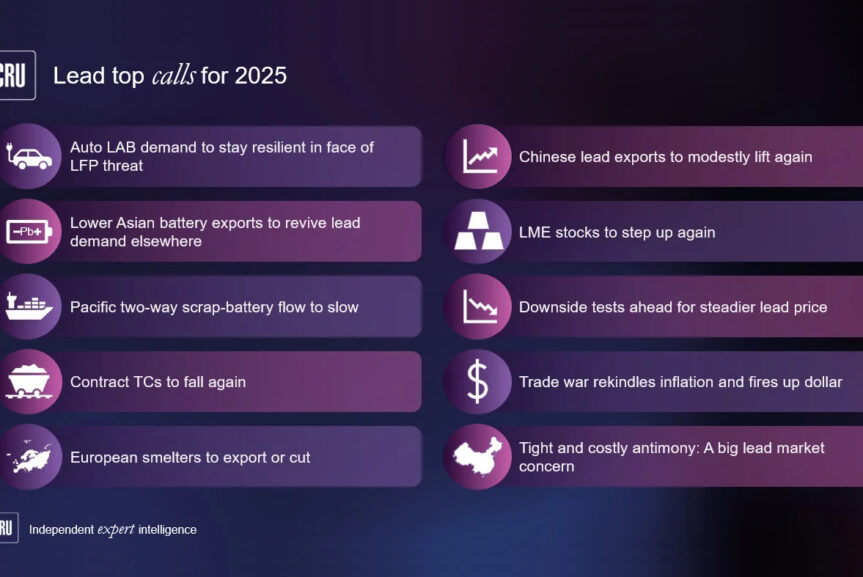In 2019, the Consortium for Battery Innovation (CBI) laid out plans to develop next‑generation lead batteries. This year the battery research organisation revised its 'Technical Roadmap' to spearhead the industry to maximise innovation potential of the technology. CBI's director Dr Alistair Davidson and senior technical manager Dr Matt Raiford explain what's new for 2021.
The new roadmap has added extended research targets up to 2030 for motive power, industrial, UPS and e-bike applications; and sets out goals to improve cycle-life, calendar life and round-trip efficiency in energy storage systems (ESS), while reducing . . .
to continue reading this article...
Sign up to any Premium subscription to continue reading
To read this article, and get access to all the Premium content on bestmag.co.uk, sign up for a Premium subscription.
view subscription optionsAlready Subscribed? Log In












